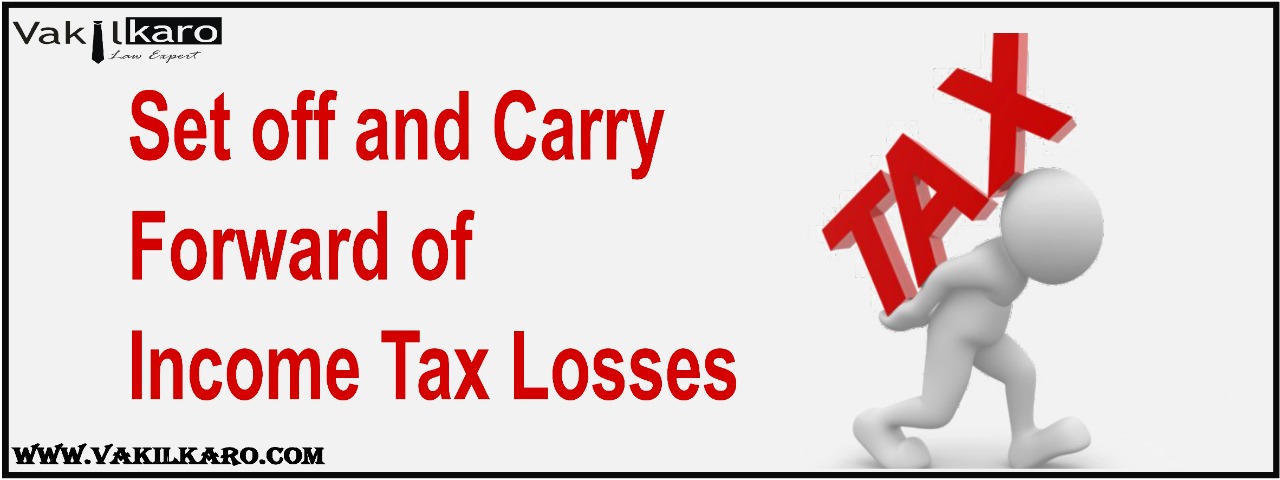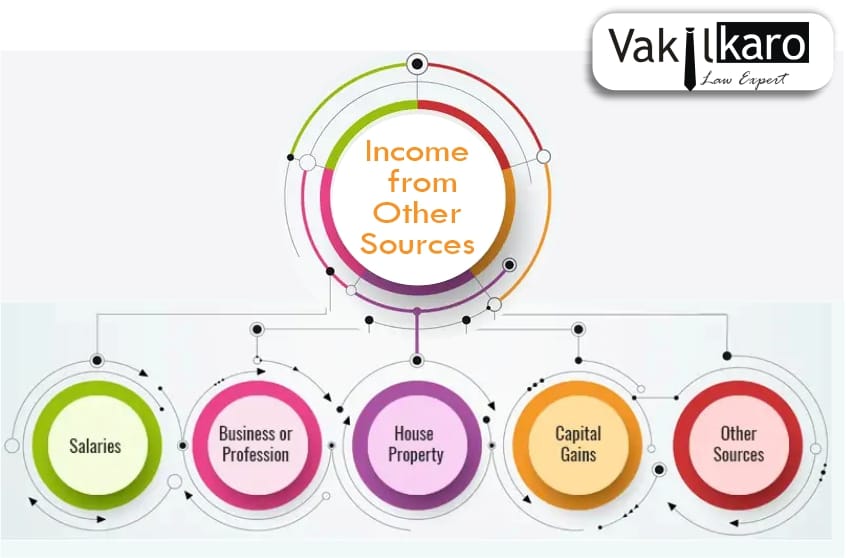Introduction
The Income Tax Department has introduced AMT for non-corporate taxpayers. The AMT is similar to the Minimum Alternative Tax (MAT) for corporate taxpayers. The AMT ensures that the taxpayer pays a minimum tax to the government. The rules and regulations regarding the AMT are being discussed in the following part of the article.
AMT is a minimum tax that is a leviable alternative to normal tax. The rate applicable is 18.5% plus education cess and surcharge. The taxpayer needs to pay AMT in case the income tax payable as per the normal provision is lesser than 18.5% tax.
AMT Applicability
The AMT applies to the following taxpayers:
- All non-corporate taxpayers and
- Taxpayers who have claimed the following deductions:
- The deductions specified under sections 80H to 80RRB which specifies deductions related to profits and gains of specific industries such as hotel business, small-scale industrial undertaking, housing projects, export business, infrastructure development, etc. Section 80P is excluded which provides deduction to co-operative societies.
- Deduction u/s 35AD for the specified business such as the operation of cold chain facility, fertilizer production, etc.
- Profit linked deduction u/s 10AA for units in Special Economic Zones.
Thus, the AMT is applicable when the non-corporate taxpayer is into the above business and the tax payable under normal provisions is lesser than AMT. The AMT is also not applicable if the Adjusted Total Income is limited to Rs. 20 Lakhs in case of an individual, Hindu Undivided Family (HUF), Association of Persons (AOP), Body of Individuals (BOI), and artificial juridical person.
Adjusted Total Income
| Particulars | Amount |
|---|---|
| Taxable Income | XXXX |
| Add: Deduction claimed u/s 80H to 80RRB except for 80P | XXXX |
| Add: Deduction claimed if any under Section 10AA | XXXX |
| Add: Deduction claimed if any under Section 35AD reduced by regular depreciation allowed | XXXX |
| Adjusted Total Income | XXXX |
Income Tax Payable
The income tax payable shall be higher of the following:
Tax Liability computed as per the normal provision taking into account all the deductions and exemptions or
AMT calculated at 18.5% on Adjusted Total Income
AMT Credit
Where the normal tax was lower than the AMT and the taxpayer has paid the AMT and in subsequent financial years where AMT is lower than the normal income tax, the AMT paid earlier is allowed to be carried forward and can be adjusted with the normal tax to the extent of the difference between AMT and normal tax. After adjusting the AMT paid earlier if any amount remains it will be carried forward and can be used in the future years. The AMT Credit is carried forward by filing the Income Tax Return.
AMT Credit which is remained can be carried forward for 10 subsequent years.
You can also read this other article for more details
- salary--taxation-and-exemption
- Income-from-other-sources
- tax-deducted-at-source
- house-property--taxation-and-exemption
- Section-111a-and-112a-of-the-income-tax-act
- Why-company-registration-is-important-for-small-and-medium-businesses
- Set-off-and-carry-forward-of-income-tax-losses
- form-csr-1
- Annual-information-statement-ais--a-new-statement-for-filing-income-tax-return-itr
- What-is-moa-and-aoa
- Difference-between-moa-and-aoa
- Top-secrets-to-run-nidhi-company
- Difference-between-microfinance-company-and-nidhi-company
- Procedure-to-appoint-a-director-of-a-private-limited-company

 +91 9828123489
+91 9828123489 +91 9828123489
+91 9828123489 help@vakilkaro.co.in
help@vakilkaro.co.in








.png)




.png)
.png)
.png)
.png)
.png)

 +91 9828123489
+91 9828123489 help@vakilkaro.co.in
help@vakilkaro.co.in